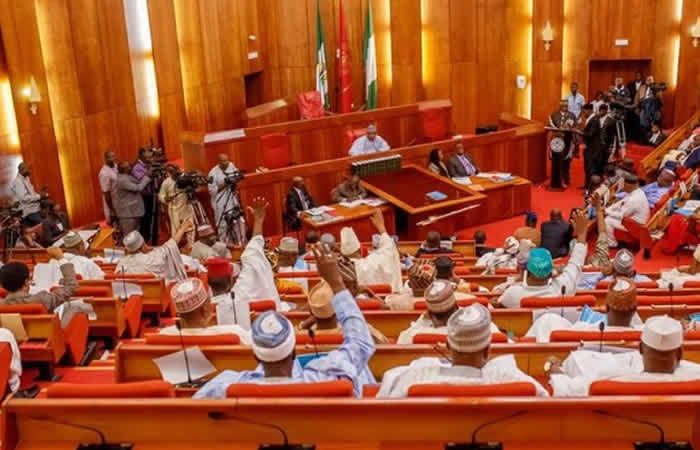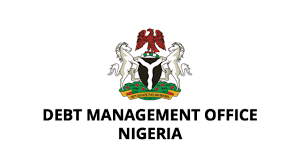Questions are emerging over the transparency of the process behind the reduction as Nigeria’s promissory note debt sees a notable decline.
In a position article, the publisher of Prime Business Africa, Dr. Marcel Mbamalu, questions whether this drop is a genuine sign of improved fiscal discipline and debt management or masks deeper issues.
According to the Debt Management Office, Nigeria’s promissory notes debt fell by 15.6 per cent quarter-on-quarter between December 2024 and March 2025. It dropped from N1.542tn to N1.301tn, a decline that the DMO said was reflective of the recent Federal Government’s efforts to settle verified obligations and improve confidence among key stakeholders in the economy.
According to Investopedia, a promissory note is a written promise by one party (the note’s issuer or maker) to pay another party (the note’s payee) a definite sum of money, either on demand or at a specified future date. A promissory note typically contains all the terms involved, such as the principal debt amount, interest rate, maturity date, payment schedule, the date and place of issuance, and the issuer’s signature.
“Is this drop a genuine sign of improved fiscal discipline and debt management, or does it mask deeper issues such as the deferral or abandonment of critical capital projects?” Mbamalu asks in his position article.
He went on to question how the debt reduction was achieved, thus highlighting the need for transparency in debt management.
The decline in promissory notes debt comes as Nigeria’s total public debt has risen to approximately N149tn, driven by naira depreciation, rising interest payments, and continued reliance on borrowing.
“Fiscal health cannot and must not come at the expense of Nigeria’s long-term growth and the well-being of its people. The government must balance the imperative of debt control with the urgent need to deliver essential capital projects that drive national development,” Mbamalu urged.
He went on to call for an independent audit and rigorous legislative oversight to verify the authenticity and sustainability of the reported debt decline.














